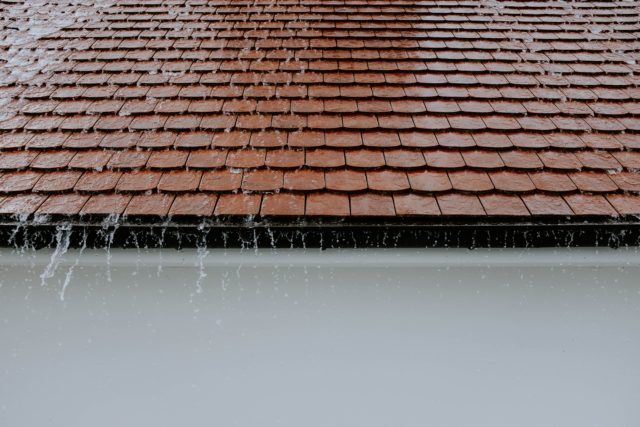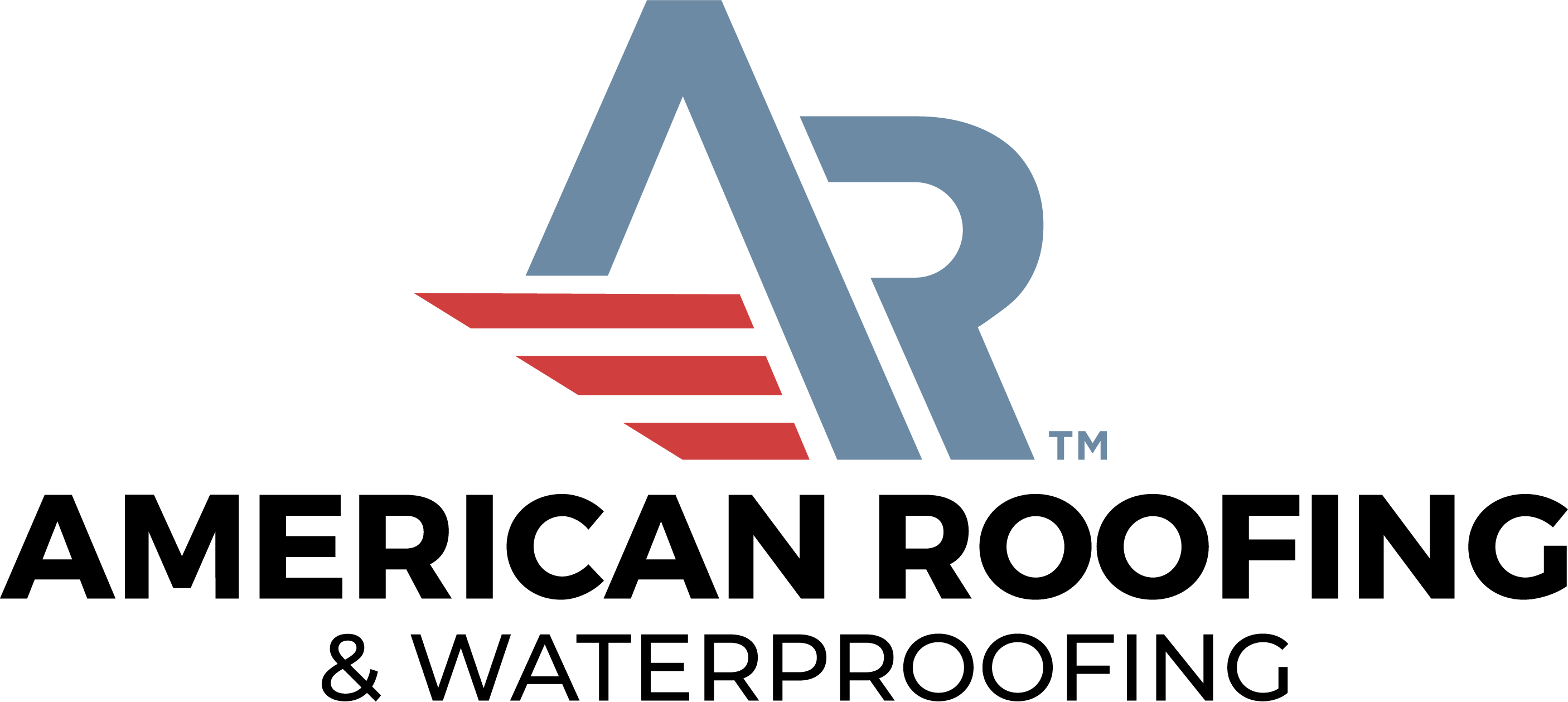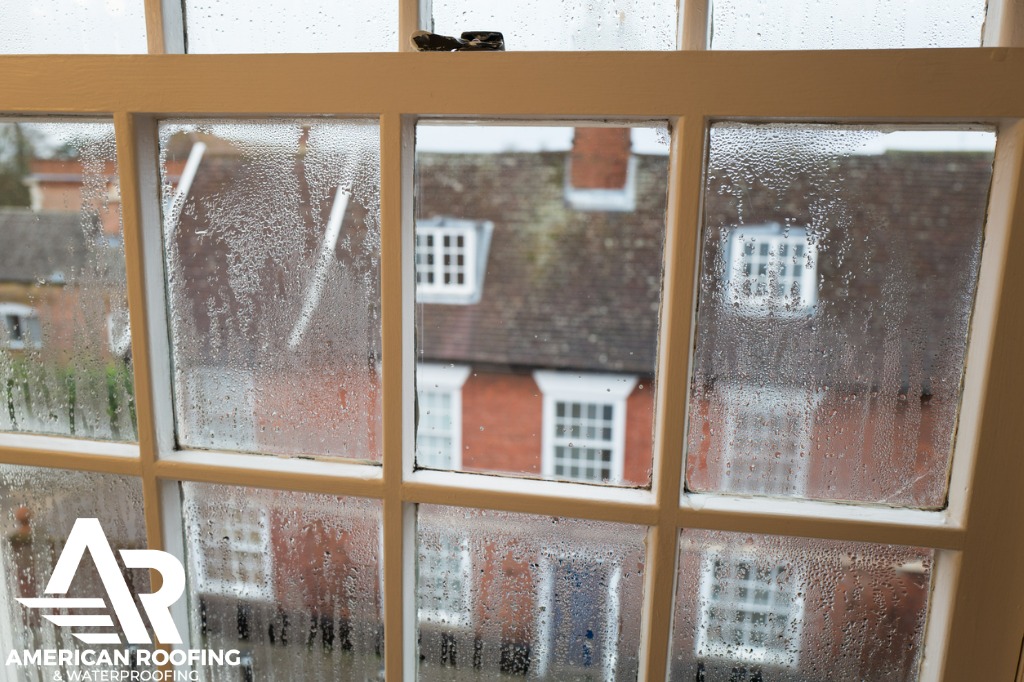Learn more about why Arizona is a haven for tile roofing systems

Commercial roofs need to be able to withstand the extreme climate conditions of Arizona. Hot summers with heatwaves, along with heavy rains and winds from monsoon season, can put roofs at risk of damage.
Tiled roofs are installed on all types of commercial buildings. These can range from restaurants and resorts to museums and churches. The roof style that works best for tiles is a pitched roof that allows rainwater to easily flow over top.
Materials Breakdown
Concrete tile roofs are often a friendlier choice for budgets, because the ingredients are easier to procure. When finished, concrete roofs weigh about two-thirds as much as other tile options. It’s not as water resistant as clay or slate, so concrete is prone to mold, and only lasts about 30 to 50 years.
Slate doesn’t give off toxins since it’s made from stone. And its energy efficient, because it can help regulate the temperature of your home and can last upward of a century. It’s naturally resistant to water damage, temperature fluctuations, mildew and other bad-weather patterns.
Clay is the oldest roofing material. It has a life span of nearly 100 years, and is made from natural materials. Like slate, clay tiles are also energy efficient. They have a natural thermal resistance because of the raw materials they are made from. It keeps buildings cooler in the summer and warmer in the winter
|
Cost Breakdown
|
|
| Material | Cost per square foot (materials only) |
| Concrete | $3 – $5 |
| Slate | $9 – $16 |
| Clay | $10 – $18 |
When considering materials for a commercial roof, tile remains a popular selection. It is durable and can outlast a building if properly installed.
Monsoon Season
During the weeks between mid-June and late September, Arizona can expect to see heavy rains, high-speed winds and excessive heatwaves. Slate, clay and concrete tiles are good roofing materials to consider using when protecting your roof during monsoon season because of their durability.
The natural materials of slate and clay make the two more water and heat resistant than concrete, which is manmade. They’re hung in rows using nails attached to the framework of a building so the nails are hidden and water can easily leave roofs. This system has been used for over 4,500 years.
While tile roofs can have initial higher costs compared to those of faux tile roofs, they can ultimately be the appropriate long-term investments. The variety of tile shapes, materials and color can certainly increase curb appeal, architectural impact and overall property value.
At American Roofing & Waterproofing, we want to give our customers plenty of options, and provide them with all the information they need to make the right choice for their new roof.



